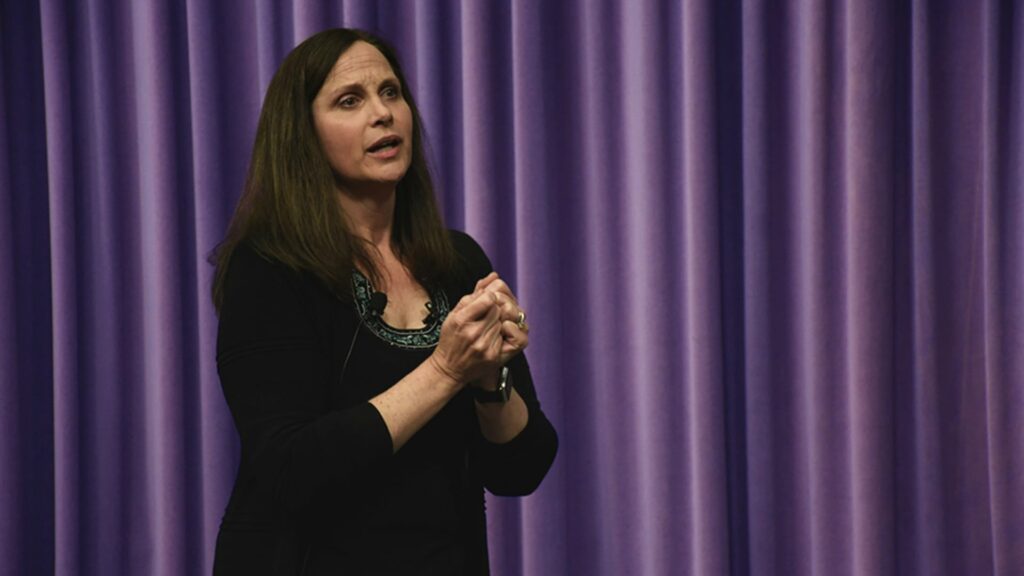
It can be tempting around the holidays to tune out all the consumerism. But entrepreneurs would do well to heed customer sentiment. Whether the product being built is a free app or fresh apparel, the bottom line is that, if consumers don’t want it, you’re out of business.
Usually, a successful venture begins with identifying an unseen opportunity or a widely shared pain point that no one else has addressed yet. But once you figure out your solution to that problem, or your unique product, building it out before seeing what potential customers think of your idea would be folly.
The financial loss from a flop is the most obvious risk. But nowadays, with the average consumer wielding the megaphone of the Internet, if a company gets it wrong, that individual can — and will — let the business and the rest of the world know about it in an instant.
Especially in retail, brands no longer have the one-way advantage of dictating tastes to customers. As Tina Wells of Buzz Marketing Group says in this video clip, today, consumers dictate their desires to brands:
At the same time, it’s wise to look closely at cases where others got it wrong – because they can guide you toward success. This was how Method Products, the maker of hip and healthy household cleaners, managed to compete against established giants in the industry: by studying their missteps.
Given Method’s niche of making only non-toxic cleaning products, the company asking customers to bring their empty containers to the store for refills would be in line with its Earth-friendly stance. But Method Co-Founder and “Chief Greenskeeper” Adam Lowry saw how others failed with that approach, and in fact, inconvenienced customers more.
“You can create the most beautiful, the most sustainable product in the world,” Lowry explains. “But if nobody wants to buy it, if you don’t get a lot of people to buy it, then I would argue that it’s actually not innovative.”
And by the way, if you can’t build a great product, how can you expect to build a great company. That had a lot to do with the tremendous bust that followed the dot-com boom of the 1990s, according to Silicon Valley luminary Ben Horowitz. Investors turned to “professional CEOs” who knew nothing about building a product that customers would want and relied on these leaders to rapidly grow a company — except that it would fold just as fast because no revenue came in.
Again, it all comes back to the consumer — empowered by the digital age, and as ever, holding the power of the purse strings. So take heed:







